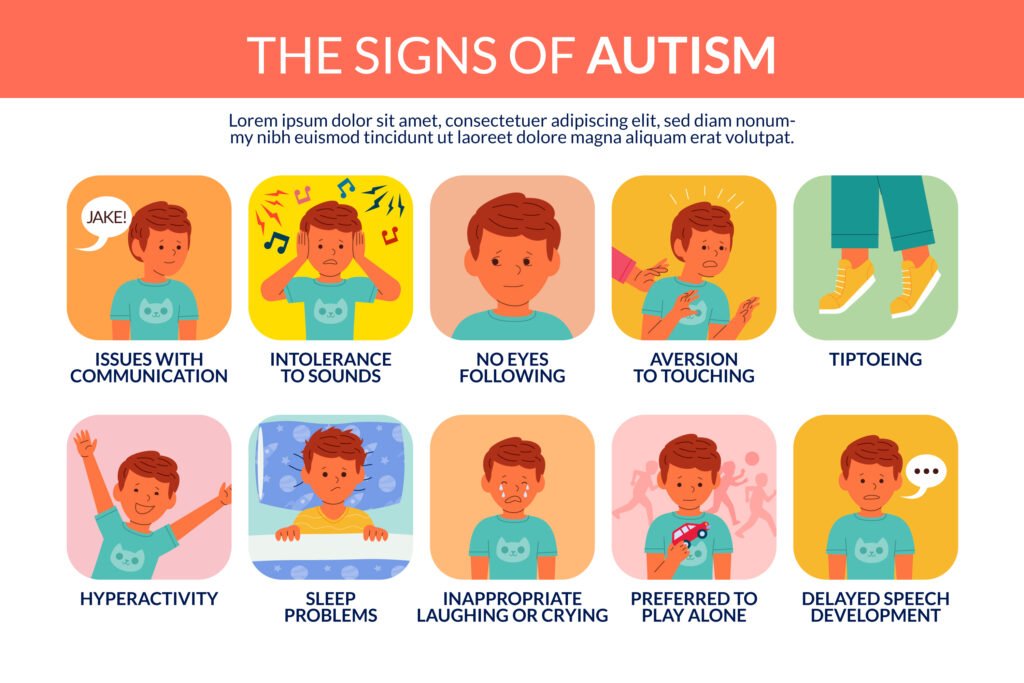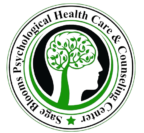Understanding Autism Therapy
Autism is a complex neurobiological disorder that affects individuals in various ways. It is characterized by differences in communication and behavior, and each child with autism has their own unique set of strengths and weaknesses. While the exact nature of autism is still not fully understood, experts describe it as a spectrum disorder, meaning it varies in severity from mild to severe. Early recognition of the signs of autism is crucial for early intervention and effective therapy.

Recognizing the Signs
There are several common signs that may indicate the presence of autism:
- Speech Delay: Many children with autism experience a delay in speech development. They may exhibit repetitive speech patterns or echolalia, where they echo back what is said to them. Some children may rely on familiar phrases from movies or commercials to communicate. They may also struggle with making simple requests or engaging in meaningful conversation.
- Social Delay: Autistic children often struggle with social interactions. They may have poor eye contact and find it challenging to engage with others. They may prefer to play alone, seemingly in their own world, and may not respond to their name being called. Tantrums may be more extreme than typical, and they may have difficulty understanding social norms and appropriate behavior.
- Behavioral Issues: Certain behavioral patterns are commonly observed in children with autism. These may include hand flapping, repetitive movements, or lining up objects. Some children may walk on their toes or display an obsession with routines and sameness. Sensory issues, such as being oversensitive or undersensitive to certain stimuli, can also contribute to behavioral challenges.
- Sensory Issues: Autistic children often have heightened sensitivity to sensory information. They may experience discomfort or distress in response to tactile sensations (touch), vestibular sensations (body movement), gustatory sensations (taste), auditory sensations (sound), olfactory sensations (smell), visual sensations (sight), or proprioceptive sensations (body position). These sensory sensitivities can impact their daily lives and contribute to behavioral difficulties.
Effective Autism Therapy
Understanding the unique needs of children with autism is essential in providing effective therapy. Autism therapy aims to address communication, social, and behavioral challenges, while also focusing on sensory integration. By tailoring interventions to meet the specific needs of each child, therapists can help them develop skills and strategies to navigate the world more effectively.
Therapy approaches may include:
- Speech and Language Therapy: This type of therapy focuses on improving communication skills. It may involve teaching alternative communication methods, such as sign language or the use of assistive devices. The goal is to help individuals with autism effectively express themselves and understand others.
- Social Skills Training: Social skills training aims to enhance social interactions. Therapists work with individuals with autism to improve their ability to initiate and maintain conversations, understand social cues, and develop appropriate social behaviors.
- Behavioral Therapy: Behavioral therapy addresses challenging behaviors commonly observed in children with autism. It focuses on teaching new skills and strategies to replace problem behaviors. Applied Behavior Analysis (ABA) is a commonly used behavioral therapy approach for autism.
- Occupational Therapy: Occupational therapy may be utilized to address sensory sensitivities and help children regulate their responses to sensory stimuli. This type of therapy can assist individuals with autism in developing coping mechanisms and improving their ability to engage in daily activities.
It is important to remember that every child with autism is different, and therapy should be individualized to meet their unique needs. With early intervention and appropriate therapy, children with autism can make significant progress and lead fulfilling lives.
Conclusion
Autism is a complex disorder that requires a comprehensive and individualized approach to therapy. By understanding the unique strengths and challenges of each child with autism, therapists can provide targeted interventions to support their development. Early identification and intervention are key in helping children with autism reach their full potential.
